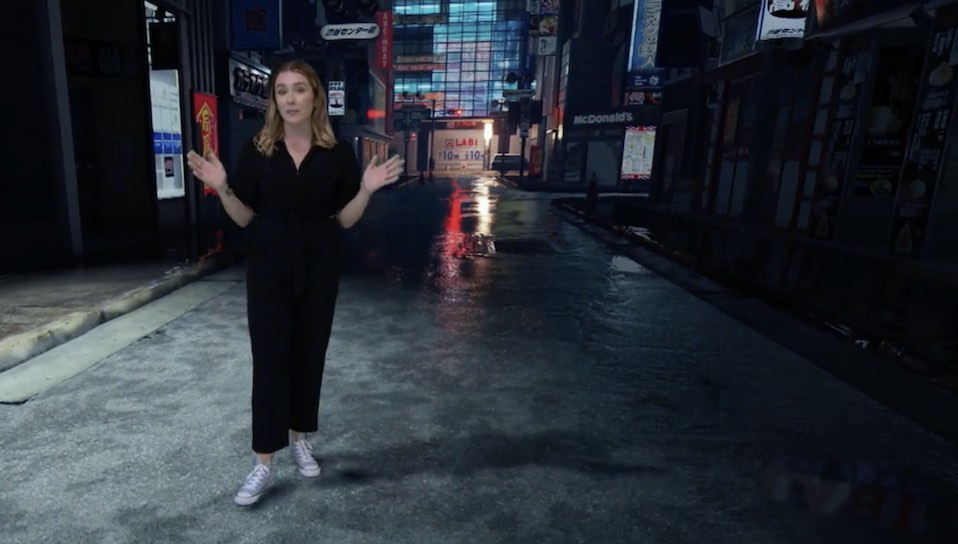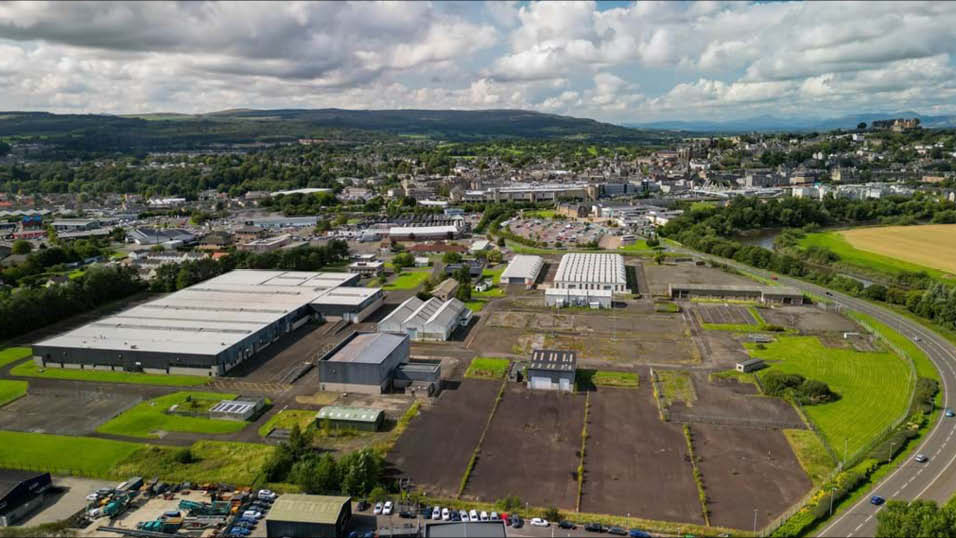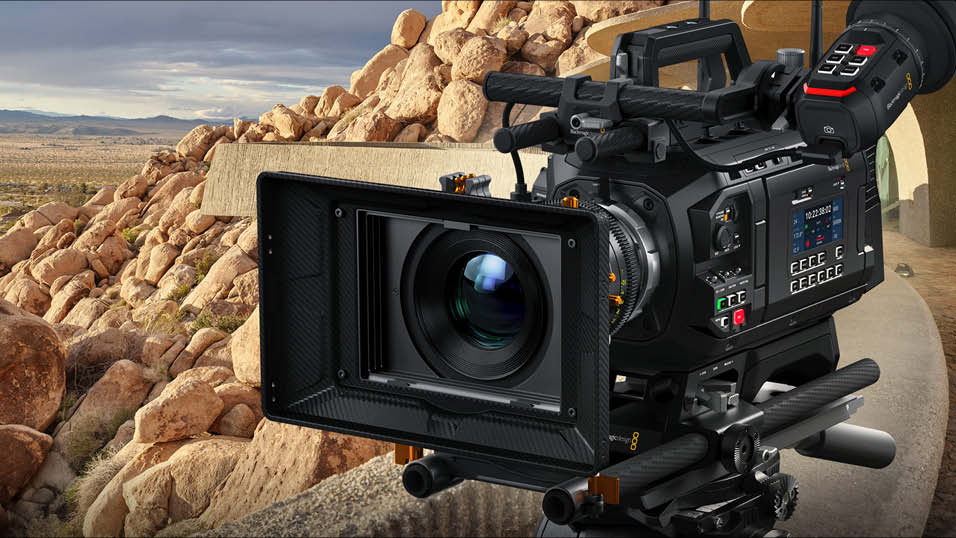Vizrt, leader in real-time graphics and live production solutions for content creators, has released its Viz Engine 5.1 which includes several advances to live graphics workflows.
Building on the debut of Viz Engine 5, this version introduces Reality Connect – powered by Viz AI. Among its anticipated uses, Reality Connect uses advanced AI algorithms to enable hyper-realistic talent immersion, including shadow casting and reflections within virtual studios and XR sets.
“Reality Connect solves the problem of people appearing to float in a virtual studio by enabling realistic shadow casting and reflections,” says Gerhard Lang, CTO at Vizrt. “Reality Connect anchors the talent within the virtual studio by utilizing virtual 3D models of the talent, which are continuously updated using Vizrt’s AI pose estimation. Our AI pose estimation operates on the same GPU and utilizes the live video feed used for keying.”
Reality Connect does not require additional hardware. Presently, Reality Connect is exclusively compatible with the Viz Engine 5 native render pipeline and works in conjunction with the Precision Keyer. Reality Connect also offers the flexibility to seamlessly integrate data from any Mocap (motion capture) system, as an alternative option.
Vizrt’s invention of the Virtual Window changed the utilization of video walls as far back as 2011, marking a significant industry shift and expanding their capabilities. This innovation serves as a fundamental component of Vizrt’s virtual studio offering.
Viz Engine 5.1 evolves the way Virtual Windows are created when using Viz Engine’s native render pipeline or Unreal’s render blade. The resulting solution takes advantage of the increased sensitivity of both new renderers to screen resolutions, and supports Vizrt’s mandate to enhance usability, particularly when working with intricate video wall configurations, such as curved surfaces and floors.
“With the updated version of the Virtual Window effect, no compromises in scene complexity and effects must be made. All shapes and forms of video walls, floors, and ceiling are covered by our new method,” adds Lang.
The combined output resolution of Vizrt’s new Virtual Window effect, video walls, ceilings, and floors can be up to four times UHD, allowing for large setups to be managed by a single Viz Engine.
Previously, one of the challenges users faced when using an XR sets was the lack of a proper preview. Vizrt works with ROE Visual to combine Viz Engine 5 and GhostFrame to introduce a better experience that is more comfortable and natural for talent.
GhostFrame enables up to four content feeds into an LED screen – which can be individually captured by a camera. You can select which feeds are visible for the presenter and production crew and which will be your live broadcast feed. The talent can truly interact with an AR object for example, without the hazard for virtual collisions, or look directly at the video wall for markers, teleprompting cues, or when conducting a remote interview; all of which are not visible in the live broadcast feed.
GhostFrame can also incorporate four different brandings or implement multiple video wall layouts using Viz Multiplay. Vizrt and GhostFrame partner ROE Visual will continue collaborating on the numerous creative workflows and possibilities achievable by uniting these innovative technologies.
Another Viz Engine 5.1 advancement is an extension of Adaptive Graphics – which now includes user-defined aspect-ratio support for video walls. Now, Adaptive Graphics can be intelligently adjusted to fit any video wall size, shape, and resolution.
By extending Adaptive Graphics’ faster and more efficient graphics production line to studio video walls, customers ensure a consistent look and unified brand identity across all platforms and displays, protecting the brand.
Viz Engine 5 introduced a new integration with Unreal Engine 5, one that addressed performance, workflow, controllability, and asset management. Viz Engine 5.1 supports both Unreal Engine 5.0 and 5.1 releases and includes nearly a dozen new advancements and features.
“Customer feedback regarding Unreal Engine 5 was a significant contributor to the development of Viz Engine 5.1. It stands as a signal to the industry that Vizrt continues to invest in this important partnership,” concludes Lang.
Beyond the features described here, Viz Engine 5.1 includes improvements to the Viz Engine Renderer, the addition of Clip Player Pro as a value-added item available to Flexible Access customers, support for nearly 100 Data Connectors, and multiple Video I/O and security improvements.
Pippa Considine
Share this story
















